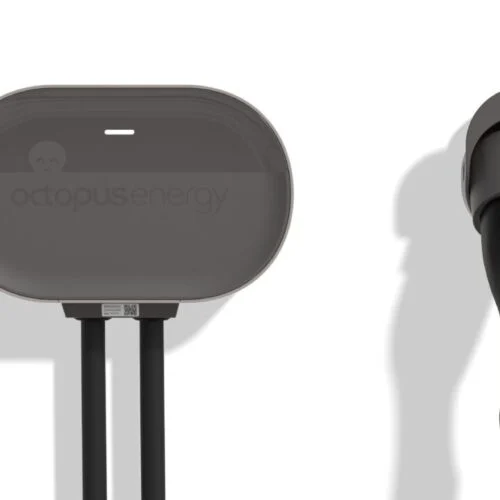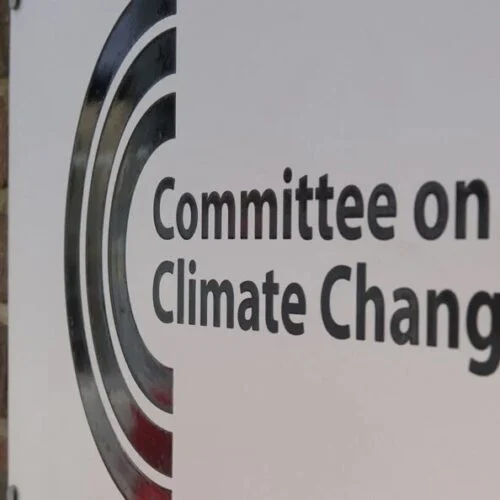Smart EV charging systems must be truly dynamic and reactive to system demands in order to maximise the system benefit available, a panel of stakeholders has concluded.
From June 2022, all private electric vehicle (EV) chargers installed in Britain will need to be ‘smart’, allowing drivers to benefit from type of use tariffs and enabling the provision of demand side response that could benefit the grid.
Ahead of the ban on the sale of new petrol and diesel cars in 2030, the number of EVs on Britain’s roads is growing at pace. November 2021 saw a 110% increase in the sale of EVs compared to the previous year for example.
And in order to maximise the decarbonisation potential these vehicles offer, the long-awaited Transport Decarbonisation Plan in July committed to laying out legislation later this year to ensure that private EV chargepoints meet specific smart charging standards.
Speaking at the ‘Smart Charge Summit 2021 – powered by ev.energy’ event yesterday (6 December 2021), National Grid head of future markets Graeme Cooper said that element of control is critical to the future of EV charging, adding: “you can only have flexibility if you can see it, and when you can control it.”
Nick Woolley, CEO of ev.energy, further highlighted California as an example of where secondary peaks have occurred on the US state’s grid, caused by static signals sent to EV users.
To truly capture the benefit of smart charging from the six million home EV chargepoints that are expected to be installed by 2030, these systems have to be “dynamic”, Woolley said, and capable of responding to grid-level demands and not simply switched to charge therefore these have to be dynamic, and not simply set to collectively turn on when the traditional peak period ends.
There are a number of benefits to this, including helping to balance the grid, reducing the cost of charging for consumers and lowering emissions. Jeremy Yapp, head of flexible energy systems at BEAMA, further added the decarbonisation benefit to such a system, noting that “avoiding peaks means avoiding gas”.
One element that will help with this is type of use tariffs, along with time of use tariffs. A number of these have already been introduced by energy suppliers such as British Gas and Good Energy. With the continued rollout of smart meters, this will be further eased thanks to half-hourly settlement data in the future.





